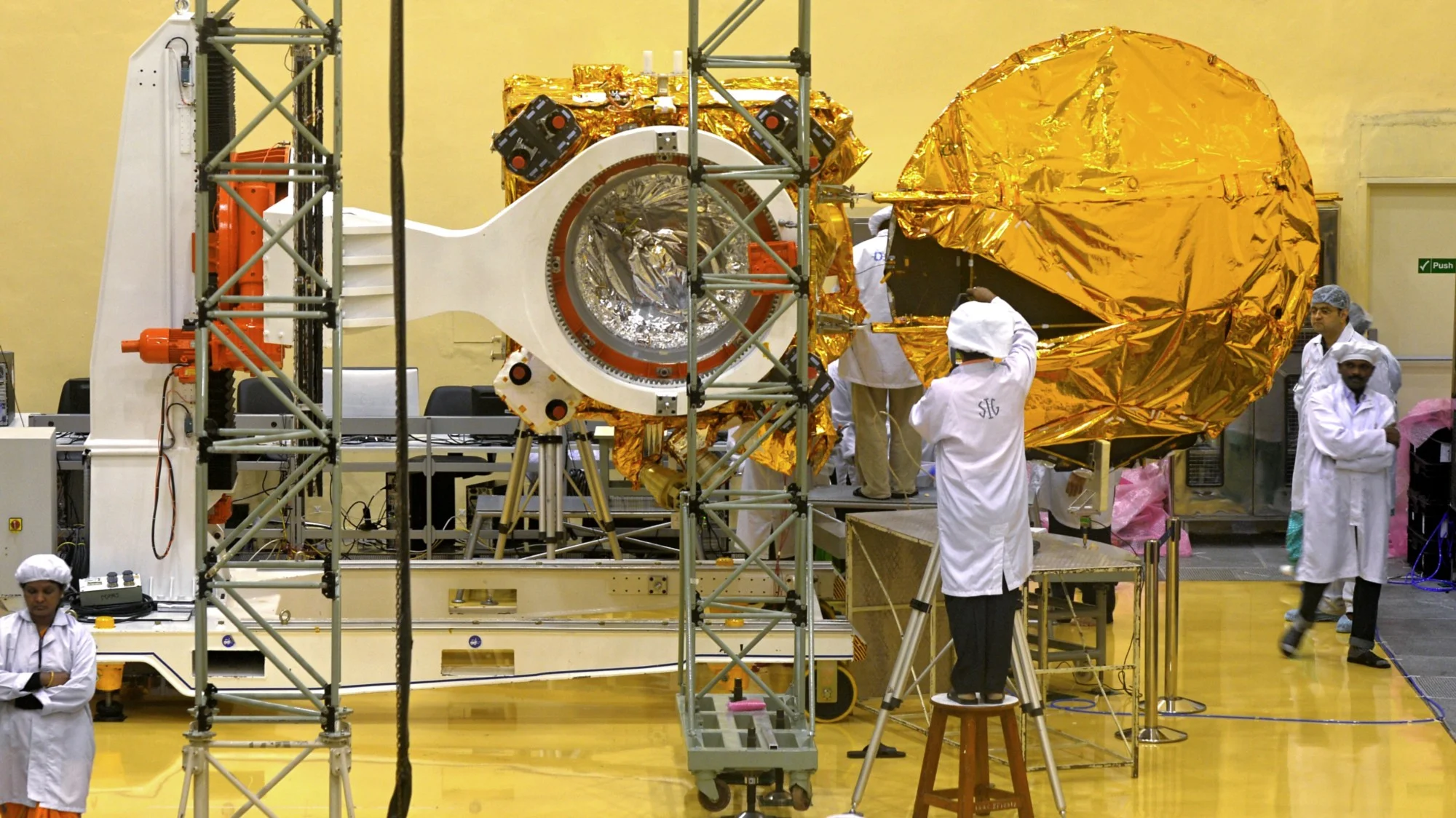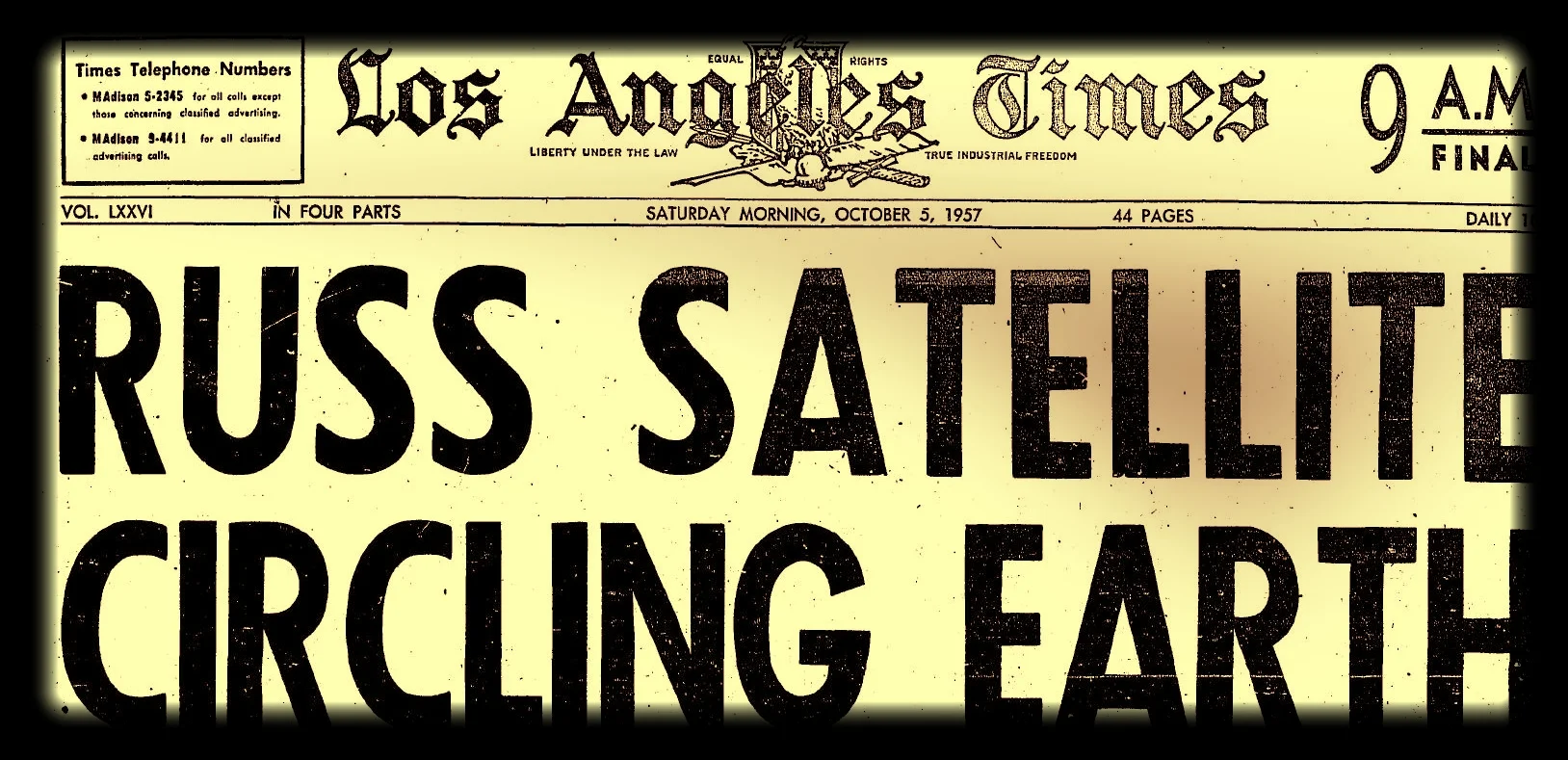In Space Civilization: An Inquiry into the Social Questions for Humans Living in Space, political science professor James Gilley provides an ambitious interdisciplinary overview of the social factors, from the interpersonal to the international levels, that will affect humanity’s ability to become a truly interplanetary species. In its relatively short format, the book moves briskly through many of the broad technological and biological, legal, economic, psychological, sociological, and political issues that will shape the future human exploration and potential settlement of outer space.
#Reviewing Rise of the Rocket Girls
Nathalia Holt’s book on the women of JPL and their contributions to the United States’ history in space is a welcome addition. JPL is only one of twenty NASA centers. The women and their contributions at each NASA center deserve attention and recognition. What Nathalia Holt has done with this book is remind readers that women’s work for NASA did propel us to the Moon and Mars.
The Letter of the Law: Unclear Verbiage and Undefined Responsibilities
This article proposes that the United States’ space efforts should once again be backed by the government and the military, much as the original space program of the 1960s was and as the current-day space program of China is. The government should take an active interest in refining the language in the treaties to make them clearer in their restraints, as well as work to meet any rising military threats. As a matter for national determination and the preservation of power projection capabilities, it is important that the United States’ space efforts meet the efforts of adversarial nations.
Strategy of the Commons: Defending the International Order Where it is Most Vulnerable
References to the rules-based order are frequent in everything from the Biden-era Interim National Security Strategic Guidance to the Trump-era Advantage at Sea. Yet what it means to defend the order, where that defense happens, and what those answers hold for questions of budgets and priorities, is often ambiguous. How should diplomats and operational forces bridge the gap between high-level pronouncements on the rules-based order and practical guidance and budgeting for the daily defense of that order? The development of the new National Security Strategy and National Defense Strategy offers two venues to address that question. And the answers should focus not strictly on any one adversary, but on a series of domains: the global common—the high Arctic, the high seas, and space.
A Comprehensive Approach to Space Deterrence
A Strategic Pivot to Outer Space
Increasing access to space means that low Earth orbit will soon be America’s front door. Proliferating adversary satellites—many capable of kinetic and non-kinetic actions—will prowl less than 100 miles away from U.S. cities, much as Russian submarines patrol the U.S. coast today. The U.S. should be there first, and in force, ensuring that China and Russia will struggle to keep pace in light of overwhelming U.S. economic, military, and strategic advantages in orbit.
Towards a Better U.S. Space Strategy: Addressing the Strategy Mismatch
To develop a fulsome space strategy, U.S. strategists need to acknowledge that their counterparts in other countries, especially within China, do not necessarily think about deterrence and conflict in the same way. To address the problem, a viable space strategy should address Chinese long-term strategy, and in particular, U.S. space strategy should emphasize deterrence by denial, while addressing provocative actions that seek to erode U.S. strategic advantage.
Aces-High Frontier
You expect an electric crackle, the deep whine of machinery, a bolt of red across a planetary foreground, the roar of rocket engines. Wrong. When the United States Space Force (USSF) is in action, it really couldn’t be less cinematic. Anti-visual even. Yes, the Earth is still an astonishing sight from our perch at the Earth-Moon L4 Lagrange point, but battle itself is rather anticlimactic. No explosions. No starfighters careening this way and that.
Space Theories Wanted
ake the works of the past and use them as the foundation for a new space theory that will receive the approval of the public and stand the test of time. If a proper unified theory emerges, it will be codified and a coherent plan for every nation can be implemented and each can posture for strategic success as they see fit. Then humanity’s great curiosity of the cosmos may be be satisfied, even if only for a moment.
Evaluating Integrated Defense Systems: How to Proactively Defend the Final Frontier
We present the merits of evaluating an adversary’s air defense system by looking at its component parts and argue for the application of the same schema with the space domain. Using this methodology to identify, analyze, and prioritize space domain threats will enhance the ability for joint force commanders to make critical decisions in the defense of U.S. space capabilities. Further, it will allow planning staffs to lean forward rather than just react to an adversary’s potential courses of action in the contested space domain.
Multi-Domain Confusion: All Domains Are Not Created Equal
Over the past two decades the use of the word domain has attained wide acceptance in the military lexicon. Vague when described in doctrine, it exerts a strong influence by establishing the most basic boundaries of military functional identities. Despite the unquestioned usage of domain-centric terminology, the exact meaning of domain remains largely undefined without consideration of etymological origins. However, the word contains some built-in assumptions regarding how we view warfare that can limit our thinking. An ambiguous categorization of separate operating domains in warfare could actually pose an intractable conceptual threat to an integrated joint force, which is ironically the stated purpose of multi-domain battle.
Responding to a Sputnik Moment
A Case for Martian Independence
The Emergence of India as a Space-Faring Nation: Implications on the Developing Conflict in the South China Sea
Growing concern over China’s burgeoning military might and seeming willingness to use it has caused many to re-evaluate U.S. Army doctrine and training. Counterinsurgency and asymmetric warfare have dominated Western military thought over the past decade of fighting. However, the escalating conflict in the South China Sea has many strategic thinkers considering how to fight a large-scale war once again. One nation often overlooked in the Pacific equation, though, is India and their emerging capabilities in space, and how those emerging capabilities may impact an armed conflict.
Space Power: A Personal Theory of Power and the Buttress of the Modern Military
Earth-shaking rocket launches aside, space is the silent partner in nearly American military endeavor today. Operations Enduring Freedom and Iraqi Freedom and the subsequent counterinsurgency operations that followed demonstrated that clearly enough. Space guides soldiers, sailors, airmen, and bombs to their targets, gives the photographs and signal intercepts to understand what enemies are planning, and provides secure, global communication in an era of global need.
















